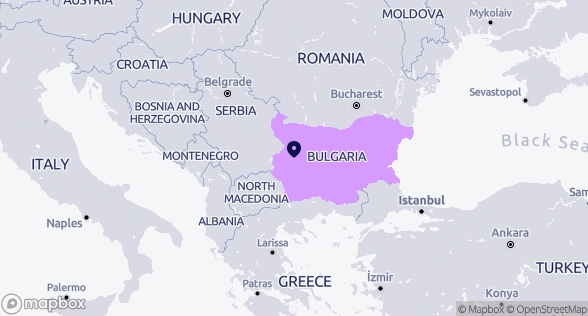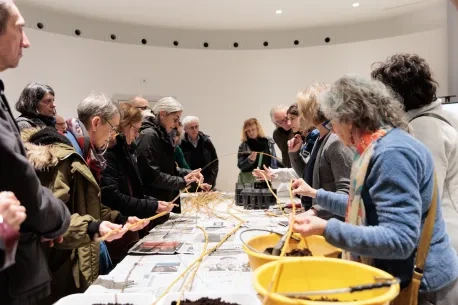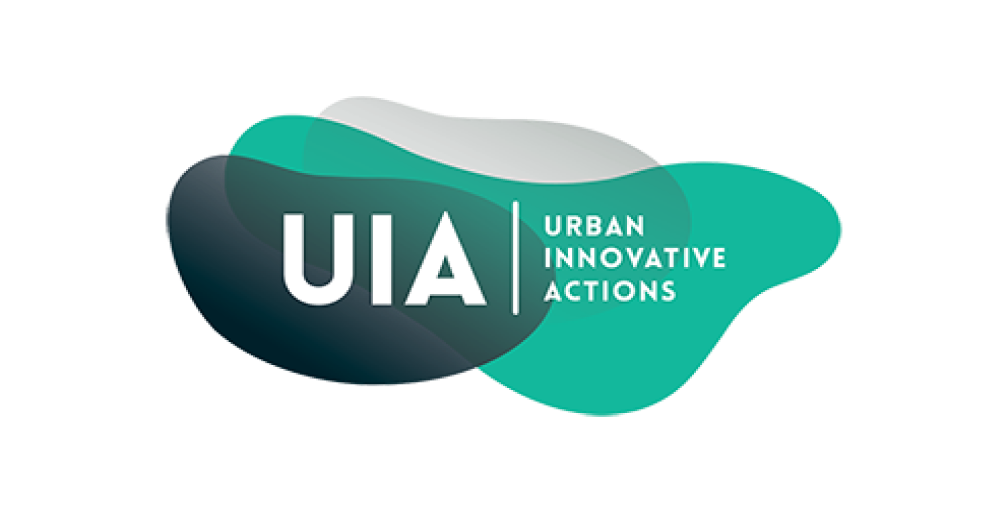
Sofia
Bulgaria
INNOAIR - Sofia
The INNOAIR project is piloting different incentives to reduce car use: green corridors, congestion charging, low emission zones, etc. It also supports active mobility. And to ensure that everyone can access public transport in Sofia, its main and pioneering solution is on-demand green public transport.
This new service will better connect three peri-urban areas with the city centre, where connectivity had been lacking. The service can collect people close to their homes in less than 5 minutes and take them to the closest bus or train station. Users can book and pay for their journey through an online application, which is integrated into the public transportation management system.
Artificial intelligence was used to determine the optimal routes for the on-demand e-buses. The AI used both first-hand data (information/data from the Municipality, number of registered cars, presence of schools, hospitals, etc.) and secondary data collected in the field through urban walks with residents and other co-creative processes. It was determined that routes should stay fixed once set and that times of passage should be on demand.
Five pilot electric on-demand buses, each with a 20-person capacity, will begin a one-year trial in 2023. Under the trial, the citizens of Sofia will be able to use their annual public transportation pass (at no additional cost) or buy a single journey for less than 1 Euro. This pricing policy will enable people to afford the new service and will reward the use of public e-buses instead of cars.
Finally, INNOAIR developed a ‘Sofia Coin mobile app’ to encourage citizens to switch from cars to active modes such as walking, cycling, or using a scooter. The app measures the distance travelled and the emissions saved per trip and offers awards such as free tickets for public transport, electric scooters or public bicycle services, etc., thereby encouraging new behaviours. The app also feeds demand data into mainstream mobility infrastructure planning.
This is a case study as part of an UIA report. You can access all of the project's resources on its project collection page.
2. Sofia and Just and Green Transitions
2.1 What are the implications for Sofia?
With 550-600 cars per 1,000 inhabitants, the number of private vehicles registered in Sofia is one of the highest in Europe. The vehicles are also old and polluting. One quarter of all vehicles are over 20 years of age and 60% are between 10 and 20 years of age.
In Sofia, there is no immediate link between the city’s SEAP and its sustainability mobility strategy with its specific focus on vulnerable groups ‒ which is where INNOAIR comes in. Since 2018, policymakers have been trying to focus more on vulnerable groups in their Sustainable Urban Mobily Plans (SUMPs). In its SUMP, for example, the city of Sofia seeks to develop sustainable transport that provides “easy and safe access to workplaces, schools, public spaces, parks, services and entertainment, regardless of age, sex, health status and one’s income.”. The SUMP also identifies areas where little public transport is available to residents and supports the idea of an electronic billing system, which would enable a more flexible tariff policy to be introduced. This is all addressed in INNOAIR. In addition, as Sofia has been selected to be part of the 100 Climate Neutral Cities programme, it will be able to further develop measures to address these goals.
2.2 What barriers has Sofia faced implementing the just & green transition?
Sofia’s aim of developing a public transport system that connects the peri-urban areas to the city centre efficiently required detailed data about users and needs is in terms of routes, frequency and types of transport. This data was missing at the start of the project. In addition, there was no municipal funding to provide for additional ‒ sustainable ‒ vehicles and it is also more expensive for the city to cover a less dense area with public transport.
In addition, the barriers preventing the residents of peri-urban areas from using public transport are twofold. First, a lack of convenient services and second, habit and the comfort they have become accustomed to using their own cars–for those who have them.
3. How does INNOAIR promote the just & green transition?
The decision to implement the green transition, which is partly about cities providing public goods such as clean air and access to transport, requires leadership and is managerially challenging. However, engagement with EU opportunities provided important resources for achieving these goals. The UIA project is helping Sofia with an important piece of the puzzle: addressing public transport gaps and high congestion & pollution. It is also addressing social inequality because the poorer sections of the community live in the project’s target peri-urban areas.
By targeting these residents, who are vulnerable because of their geographical exclusion, the project is providing ‘affordable mobility for all’. Its beneficiaries include young families and working people who choose peri-urban areas for their green environments, calm, space and landscapes. They also include residents facing socio-economic vulnerability because they cannot afford the high rental costs and general cost of living in the city centre. These groups suffer from poor transport links to the city centre and have no option but to use private cars to access services; INNOIAR addresses this problem.
4. Keys to success
a. Working with partners on mobility and digital applications
The project covered every aspect of enabling the residents of peri-urban areas to access public transport. The coin app, for example, played a key role but was itself a 'project within a project'. It required close collaboration and task delegation to local partners with the necessary capabilities. To deliver it, the Sofia Development Agency oversaw the development process, the Sofia Mobility Urban Mobility Center was responsible for implementation, and the private company Modeshift Europe managed users’ mobility data. And the Municipality of Sofia acted as a facilitator for collaborative data sharing.
b. Gathering detailed first-hand urban mobility data
Urban mobility data was essential for designing optimal routes for the e-buses. Secondary data and first-hand data were collected on users’ mobility habits and a participative process, partially organised online because of the pandemic but also in person in the three neighbourhoods, was also used to gather user mobility data. This process took various forms: urban walks, focus group meetings, and participatory assessments given through an online app.
c. Integrating the innovative transportation system with public transportation
Sofia’s on-demand green public transport connects peri-urban residents to Sofia’s main public transport network and residents can also use the standard public transport tickets. So the on-demand electric bus service is connected to the public transport system, both in terms of payment systems and practically.
d. Rewarding behavioural change through a coherent set of initiatives to support mobility
INNOAIR is also implementing a series of complementary initiatives to enable and reward more sustainable mobility choices. There are new infrastructures (cycle routes) and behavioural nudging initiatives (rewards) through the Sofia Coin mobile app.
5. Scaling up and replication potential
Different cities may opt for different post-combustion engine visions for their cities, including low-emissions (electric, hydrogen) vehicles, more home working or free public transport. Sofia’s package is driven by its acute car-air pollution problem. Its measures are scalable and transferable; the barriers have been political and financial, but it is also about strategy. Sofia’s ‘pioneer on-demand green transportation’ is only a part of its integrated public transport vision. It tackles mobility and the green transition with a focus on connecting peripheral areas. Other European cities could easily replicate them to connect urban areas, suburbs and rural areas with city centres using e-public transport. The USA, Switzerland and the UK have already piloted the on-demand model, and its deployment in Sofia shows its potential for inspiring even more cities in Europe.
Finally, in the effort to change behaviours, a reward system such as the one tried & tested by Sofia Coin could be useful for any city seeking to deliver the green transition.
About this resource
The Urban Innovative Actions (UIA) is a European Union initiative that provided funding to urban areas across Europe to test new and unproven solutions to urban challenges. The initiative had a total ERDF budget of €372 million for 2014-2020.
Similar content






Want to replicate this urban practice in your city?
Apply to an EUI City-to-City Exchange
Connect with a peer city who can bring you solutions and expertise and apply together to receive EUI support
More infos on EUI websiteBrowse existing Innovative Actions looking for Transfer Partners and cities willing to do a City-to-City Exchange looking for peers